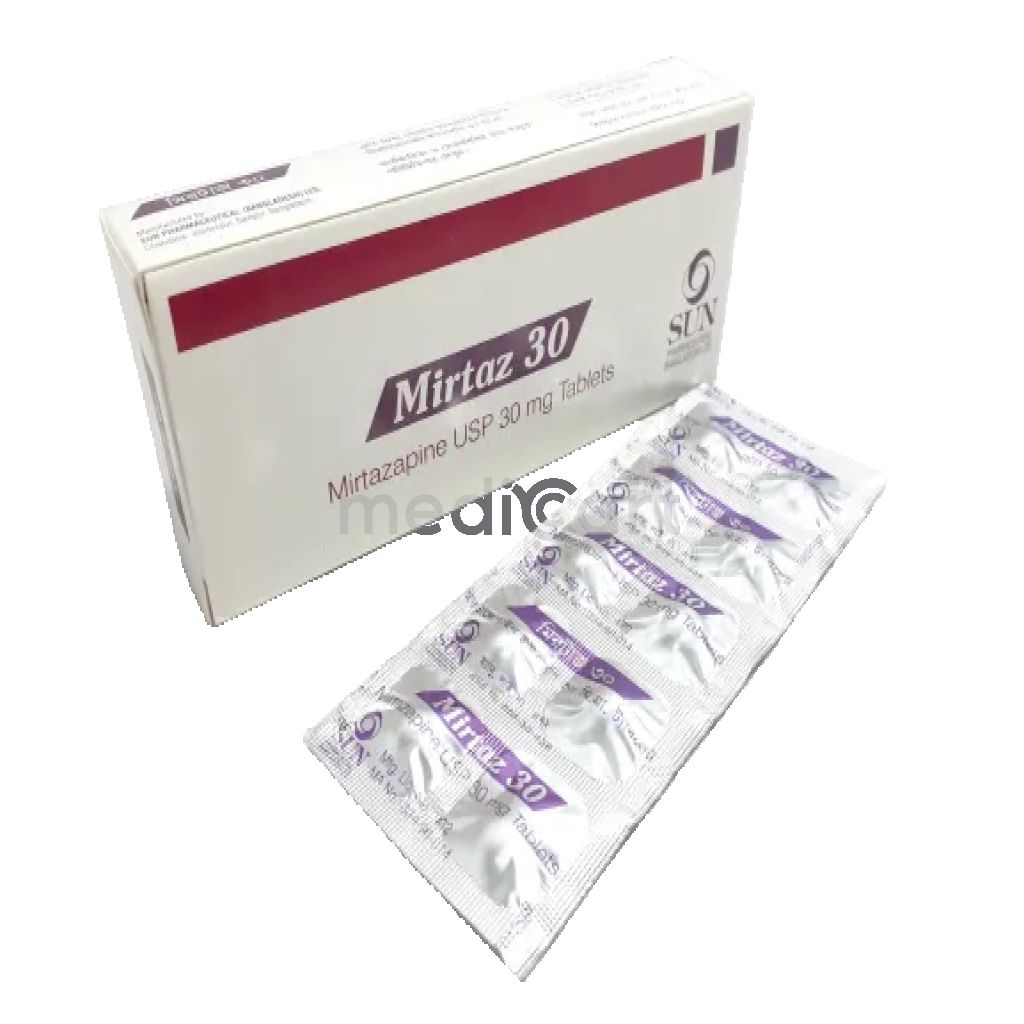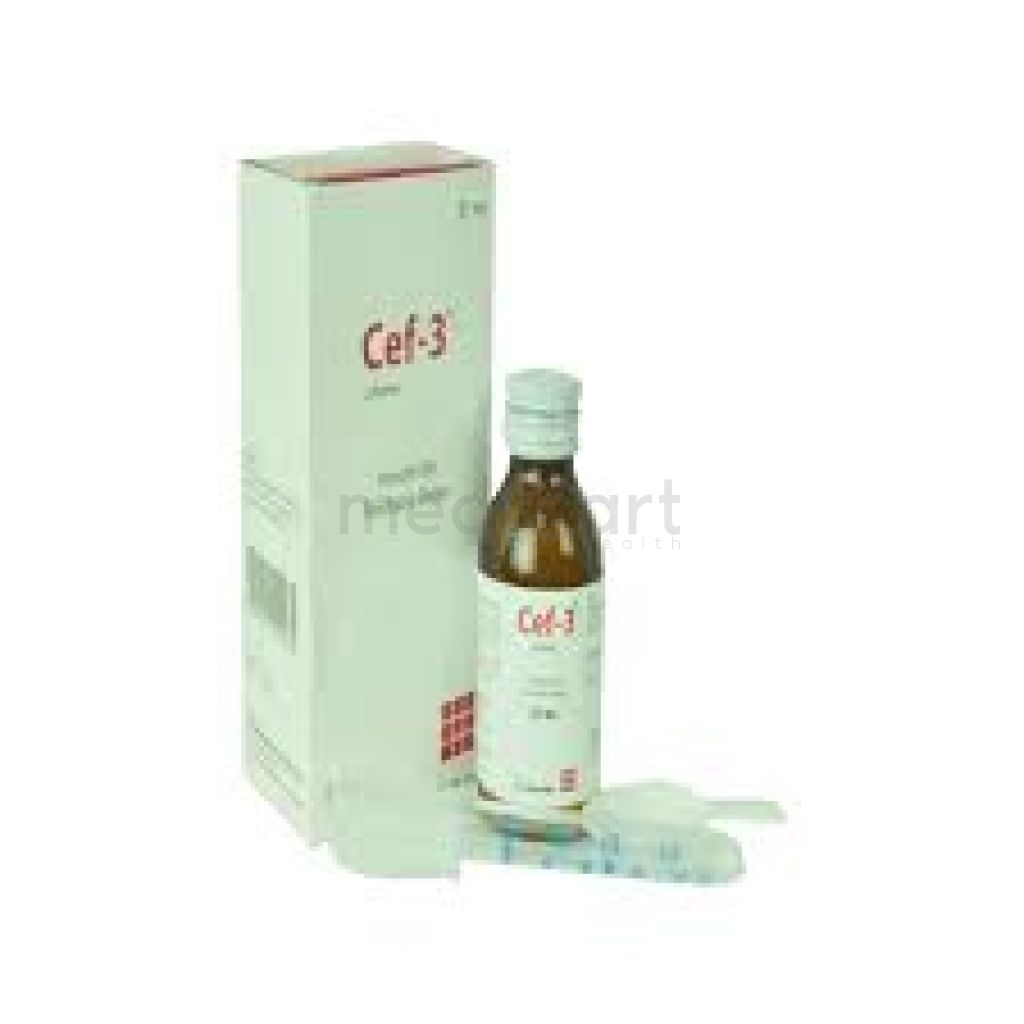

flutispray - 50 mcg/Spray
Nasal Spray
Pack Size :
1 Bottle x 1 Packet
Generics :
Fluticasone Propionate (Inhalation)
Manufacturer :
Navana Pharmaceuticals Ltd.
Best Price *
TK
250.00
* Delivery will be done in Dhaka city only.
Alternative Product
More Information About - flutispray - 50 mcg/Spray
Description
Generic Name
Fluticasone Propionate InhalationPrecaution
Respiratory tract tuberculosis, untreated fungal or bacterial infections, viral or parasitic infections, ocular herpes simplex; care must be taken to avoid exposure Nasal septum perforation, epistaxis, wheezing Cataracts, glaucoma, increased intraocular pressure may occur; monitor for glaucoma and cataracts Risk of more serious or fatal course of chickenpox or measles in susceptible patients (eg, unvaccinated or immunologically unexposed individuals); care must be taken to avoid exposure Hypercorticism and adrenal suppression may occur with high dosages or at regular dosage in susceptible individuals; if such changes occur, taper withdrawal gradually May decrease growth velocity in children; monitor growth of pediatric patients Assess for decrease in bone mineral density initially and periodically thereafter Use with caution in immunocompromised patients Prolonged use of corticosteroids may increase incidence of secondary infection Risk of infections of nose and pharynx, including Candida albicans; must rinse mouth after inhalation to reduce risk Excessive use may suppress hypothalamic-pituitary-adrenal function; monitor closely, especially postoperatively or during periods of stress During periods of stress or severe status asthmaticus, supplementary systemic corticosteroids may be immediately required; patient should carry warning card indicating possible need for supplementary systemic steroids in such emergencies Fluticasone Propionate Nebuliser Suspension should not be used for the treatment of severe acute exacerbations of asthma in children and adolescents as efficacy in this situation has not been established. Patients receiving treatment with nebulised Fluticasone Propionate must be warned that if their clinical condition deteriorates, or if a dose fails to give the usual relief, they should not increase the dose or the frequency of administration, but should seek medical advice. Prolonged therapy with inhaled Fluticasone Propionate Nebuliser Suspension should be reduced gradually and not stopped abruptly, and this should be done under medical supervision. Lactation: Fluticasone propionate concentrations in plasma after inhaled therapeutic doses are low; concentrations in human breast milk are likely to be correspondingly low; developmental and health benefits of breastfeeding should be considered along with the mother?s clinical need for therapy and any potential adverse effects on the breastfed child from the drug or from underlying maternal conditionIndication
Inhalation as, Asthma prophylaxis, Nebuliser suspension as prophylactic management in severe asthma (patients requiring high dose inhaled or oral corticosteroid therapy), Treatment of mild to moderate acute exacerbation of asthma.Contra Indication
Hypersensitivity to drug, components or milk proteins, which may result in anaphylaxis, angioedema, rash, and urticaria. Primary treatment of status asthmaticus, acute bronchospasm.Dose
N/ASide Effect
>10% Oral candidiasis (<31%),Throat irritation (3-22%),Upper respiratory tract infection (16-18%),Fatigue or malaise (16%),Nasal congestion (16%),Rhinitis (<13%),Musculoskeletal pain (2-12%),Headache (5-11%) 1-10% Nasal congestion (8%),Sinusitis or sinus infection (4-7%),Cough (4-6%),Bronchitis (2-6%),Hoarseness or dysphonia (2-6%),Allergic rhinitis (5%),Nasal discharge (5%),Upper respiratory inflammation (2-5%),Muscle injury (<5%),Gastrointestinal (GI) discomfort or pain (1-4%) Frequency Not Defined Hypersensitivity reactions (including anaphylaxis, angioedema, rash, urticaria) Respiratory: Rhinitis, rhinorrhea or postnasal drip, nasal sinus disorders, laryngitis GI: Diarrhea, loss of taste, viral infections, dyspeptic symptoms, discomfort, pain, hyposalivation Muscular: Musculoskeletal pain, stiffness, tightness, rigidity, injuries, soreness Other: Dizziness, migraine, fever, viral infection, pain, chest symptoms, viral skin infections, soft tissue injuries, urinary infectionsPregnancy Category
Name : Not Classified
Description
FDA has not yet classified the drug into a specified pregnancy category.Mode of Action
Fluticasone utilises a fluorocarbothioate ester linkage at the 17 carbon position. It has potent vasoconstrictive and anti-inflammatory activity, but weak hypothalamic-pituitary-adrenal (HPA) inhibitory effect when applied topically. Fluticasone shown to exhibit anti-inflammatory effect on neutrophils, eosinophils, macrophages, mast cells, lymphocytes, and mediators (histamine, leukotrienes, cytokines, eicosanoids)Interaction
N/APregnancy Category Note
Pregnancy There are no randomized clinical studies in pregnant women; in women with poorly or moderately controlled asthma, there is increased risk of several perinatal adverse outcomes (eg, pre-eclampsia in the mother, prematurity, low birth weight, and small for gestational age in the neonate;) Pregnant women with asthma should be closely monitored and medication adjusted as necessary to maintain optimal asthma control Lactation Fluticasone propionate concentrations in plasma after inhaled therapeutic doses are low; concentrations in human breast milk are likely to be correspondingly low Developmental and health benefits of breastfeeding should be considered along with the mother?s clinical need for therapy and any potential adverse effects on the breastfed child from the drug or from underlying maternal conditionAdult Dose
Inhalation Asthma prophylaxis Adult: As fluticasone propionate powd or aerosol inhaler: 100 mcg bid in mild asthma, up to 500-1,000 mcg bid in severe cases. Nebuliser suspension Adults and adolescents over 16 years (prophylactic management in severe asthma): 0.5-2 mg twice daily. The recommended initial dose is 2mg twice daily. The dosage should then be adjusted until control is achieved or reduced to the minimum effective dose according to the individual response.Child Dose
Inhalation Asthma prophylaxis Child: 4-16 yr As fluticasone propionate powd or aerosol inhaler: 50-100 mcg bid, increased to 200 mcg bid if necessary. <4 years: Safety and efficacy not established Nebuliser suspension Children and adolescents 4 to 16 years of age (treatment of acute exacerbations of asthma): 1mg twice daily.Renal Dose
N/AAdministration
Prime inhaler (4 actuations into air) before first use and after prolonged (>7 days) idleness Valve holding chamber and face mask may be used for younger patientsDisclaimer
The information provided herein are for informational purposes only and not intended to be a substitute for professional medical advice, diagnosis, or treatment. Please note that this information should not be treated as a replacement for physical medical consultation or advice. Great effort has been placed to provide accurate and comprehensive data. However, Medicart along with its authors and editors make no representations or warranties and specifically disclaim all liability for any medical information provided on the site. The absence of any information and/or warning to any drug shall not be considered and assumed as an implied assurance of the Company.





